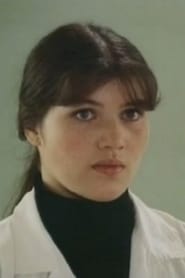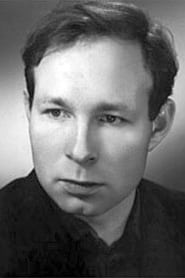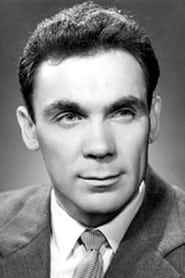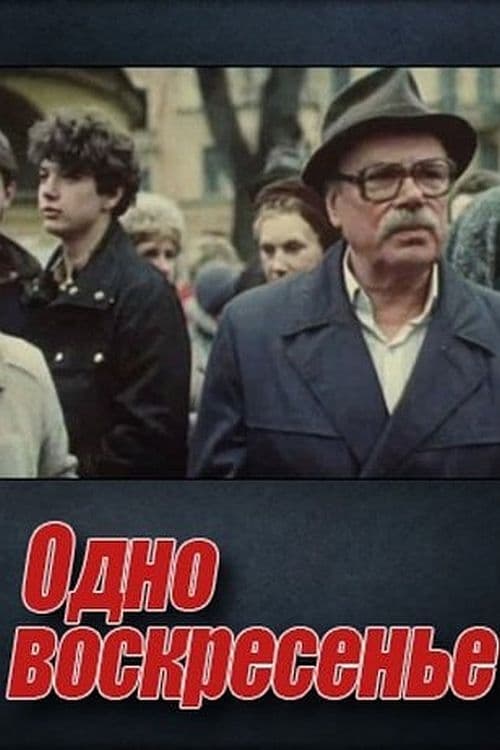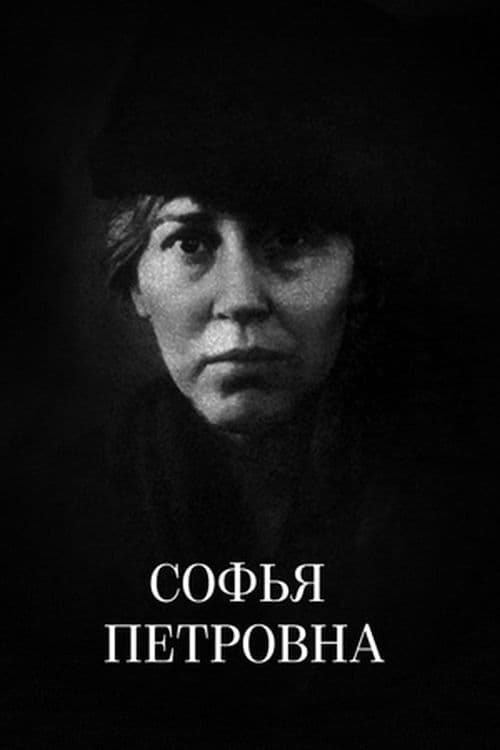
Ask Your Own Question
What is the plot?
What is the ending?
In the ending of "Snow in July," the main character, a young boy named Billy, faces the consequences of his actions after a series of events that lead to a tragic confrontation. The film concludes with a poignant moment of realization and loss, as Billy grapples with the impact of his choices on those around him.
As the final scenes unfold, Billy is seen in a state of turmoil, reflecting on the events that have transpired. The emotional weight of his decisions weighs heavily on him, leading to a moment of reckoning. The film closes with a sense of unresolved tension, leaving the audience to ponder the implications of innocence lost and the harsh realities of life.
The ending of "Snow in July" begins with a tense atmosphere as the consequences of Billy's earlier actions come to a head. The scene opens with Billy, a young boy caught in the throes of childhood innocence, now faced with the stark realities of his choices. He stands alone in a dimly lit room, the shadows reflecting the turmoil within him. The air is thick with unspoken words and the weight of regret.
As the camera pans out, we see the aftermath of a confrontation that has left a mark on the community. Billy's friend, a boy named Tommy, has been deeply affected by the events that unfolded, and the rift between them is palpable. Billy's internal struggle is evident as he grapples with guilt and confusion, his youthful face etched with worry. He recalls the moments of joy they shared, now overshadowed by the darkness that has crept into their lives.
In the next scene, Billy seeks out Tommy, hoping to mend their friendship. The setting shifts to a playground, once a place of laughter and carefree play, now filled with an uneasy silence. Billy approaches Tommy, who stands apart, his body language closed off and defensive. The tension is thick as Billy tries to explain himself, his voice trembling with emotion. He expresses his remorse, but Tommy's hurt runs deep, and he struggles to forgive.
The camera captures the raw emotions on their faces, highlighting the innocence of childhood now tainted by betrayal and misunderstanding. As they talk, the background noise of children playing fades away, emphasizing the isolation they feel in their conflict. Billy's desperation to reconnect is palpable, but Tommy's silence speaks volumes, illustrating the chasm that has formed between them.
In a pivotal moment, Billy reaches out, physically and emotionally, trying to bridge the gap. He recalls a shared memory, a moment of joy that once united them, but Tommy remains distant, unable to let go of the pain. The scene is charged with emotion, the viewer can feel the weight of their lost friendship hanging in the air.
As the sun begins to set, casting a golden hue over the playground, Billy's expression shifts from hope to despair. He realizes that some wounds may never heal, and the innocence of their childhood has been irrevocably altered. The camera lingers on his face, capturing the moment of acceptance as he understands the gravity of his actions.
The film concludes with a haunting image of Billy walking away from the playground, the laughter of other children echoing in the background, a stark contrast to his internal sorrow. The final shot captures him alone, a solitary figure against the fading light, symbolizing the loss of innocence and the harsh lessons learned too soon.
In the aftermath, the fate of the main characters is left ambiguous. Billy is left to navigate the complexities of guilt and regret, while Tommy's path remains uncertain, marked by the scars of betrayal. The film closes on a note of reflection, inviting the audience to ponder the fragility of friendship and the impact of choices made in the heat of the moment. The emotional resonance of the ending lingers, a testament to the bittersweet nature of growing up and the lessons that come with it.
Is there a post-credit scene?
The movie "Snow in July," produced in 1985, does not have a post-credit scene. The film concludes its narrative without any additional scenes or content after the credits roll. The story wraps up with a focus on the emotional and thematic resolutions of the characters, particularly highlighting the poignant moments and the impact of the events that transpired throughout the film. The ending leaves viewers with a sense of closure regarding the characters' journeys and the overarching themes of love, loss, and the passage of time.
What role does the setting play in the development of the plot?
The setting, a small town during the summer, serves as a backdrop that amplifies the emotional stakes of the story. The contrast between the idyllic summer days and the underlying tensions within the community creates a palpable sense of unease. The physical environment, with its vibrant yet oppressive heat, mirrors the characters' internal struggles and the societal issues they face.
How does the relationship between the boy and his father evolve throughout the film?
Initially, the relationship between the boy and his father is strained, marked by misunderstandings and a lack of communication. As the story progresses, the father grapples with his own issues, which affects his ability to connect with his son. Key moments of vulnerability and shared experiences lead to a gradual reconciliation, showcasing the complexities of familial love and the impact of external pressures on their bond.
What is the significance of the character of the young boy in the story?
The young boy, who is the protagonist, represents innocence and the struggles of childhood. His experiences throughout the film reflect his internal conflicts and the harsh realities of growing up in a challenging environment. His interactions with the adults around him, particularly his father and the local community, highlight his desire for acceptance and understanding.
How does the character of the boy's friend influence the narrative?
The boy's friend serves as a catalyst for many of the events in the film. His adventurous spirit and willingness to challenge norms push the protagonist to confront his fears and insecurities. Their friendship is a source of both joy and conflict, as it highlights the innocence of childhood while also exposing the darker realities they must navigate together.
What are the key conflicts that drive the story forward?
The key conflicts in 'Snow in July' revolve around the boy's struggle for identity and acceptance within a community that is often hostile and judgmental. Additionally, the tension between the boy and his father, as well as the societal expectations placed on them, creates a backdrop of emotional turmoil. These conflicts are exacerbated by external events that challenge their understanding of loyalty, friendship, and family.




